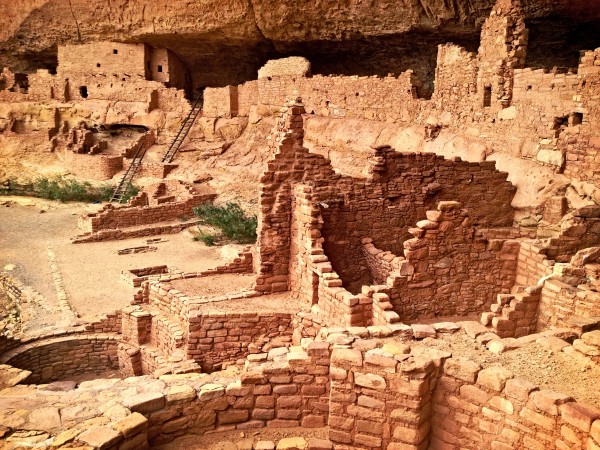Change at Scale
07/17/2020
Change at scale, and by scale I mean a product or an organization that is scaled out, isn’t always purely about good and right ideas, but also about timing and the angle of approach. As organizations scale, appetite for risk (read: change) naturally drops. One of the main reasons for this that I’ve seen is that the folks who have helped stabilize or scale the product or organization in question typically ascend to more lauded positions within the organizational mythos (usually through actual or perceived heroics during the ‘wartime’ stabilization efforts, problematic, but not for this post) and can easily recall how bad things were in the before time to cast a serious enough doubt if the idea being proposed is worth doing right now.
This idea isn’t new, Michael Lopp wrote about this kind of shift in personality in the book Managing Humans where Lopp refers to this split of personalities as “Stables” versus “Volatiles”. People can migrate from the volatile category, someone always agitating for change and movement, into the stables category usually through a large company-changing effort. I’ve never personally witnessed the transition in the other direction (stable to volatile), but that’s not to say it’s impossible. Once you’ve become a stable it seems hard to have the perspective of a volatile as you’ve been through a mountain of work to make this organization, product, etc. better than it used to be.
So how do we approach change in these situations? I think the 3 main things that help planting a seed that will successfully grow in these folks minds are Archeology, Documentation, and Marketing.
Archeology

One of the best skills I learned at Twitter was to become an archeologist regarding company history. Twitter had been around long enough that it had developed a decent culture of writing things down and putting them in a wiki or in some searchable format. I quickly learned that if there was a common idea about what feature should be built on Twitter the chances that it was pitched, designed, and then shelved is pretty high. Digging through these old design decks and product briefs is illuminating as they are all well prepared and it’s clear that the timing is just not right.
Many years later (when I was working there) you started to see the re-emergence of some of these ideas indicating that the time had come to bring some of these ideas back to light. While this happened mostly serendipitously I still found this fascinating to watch good ideas come back from the great wiki graveyard.
Being a good company archeologist lets you understand how this idea may have been framed in the past which can inform how you frame it today, and demonstrates a significant amount of due diligence in understanding prior art and previous sentiments. Additionally, whomever had put together these previous presentations, docs, and designs has tons a huge amount of work for you already that you should voraciously consume (and thank them if they are still at the company)!
Any company that’s been around for a few years is likely ripe for some archeology. Building your search skills, personal network in the company, and general company history will aid you in being a better archeologist.
Documentation
Like any good project you should be documenting what you’re trying to change with clear guidelines of how you think the process of this change should be laid out. These documents are the place to reference anything you found in your archeological dig. The added benefit of these documents you are creating lets future archeologists (yourself included) easily jump back in & immerse themselves in this proposal.
Articulating why now is the right time to do whatever it is you are proposing is the key piece you want to make sure is clear here. If you’re including the prior reading from what you’ve found through your digs it will be nice to contrast why it was not the right time back then and what has changed to allow this to be the right time.
Marketing
Good ideas just don’t take hold of a critical mass of people at any organization after a certain size. This is not a malicious thing, but if your company has done their job well in hiring, you should have people that hold differences of opinions on things which is good! You should seek out these differences and understand them well.
While it can feel annoying to go talk to actual humans that share different opinions on what you are proposing, seeking divergent perspectives from what you believe will be incredibly useful. These perspectives will give you a whole new lens to view your current proposal from which honestly may make you shelve things yourself (and may provide understanding as to why this idea was shelved originally). Demonstrating a desire to seek more information, and demonstrate some humility about what you do and do not know, goes a long way in my experience at the marketing of any idea.
—
While these steps are not foolproof in any stretch of the imagination, I’ve seen too many ideas for changes die on the vine due to hubris or believing that ‘good’ organizations should be a meritocracy where empirically good ideas are always championed at all costs. This just isn’t the case, and it’s not for people desiring to do the wrong thing.
Any organization of humans is a living, breathing, changing thing that requires attention, care, and understanding. Trying to bring people along with you on your idea shows that you care and are willing to be wrong (it’s okay to be wrong).
Take care in making change.